Stability Analysis of Low Cost Digital Cameras
Increasing resolution and reducing costs of off-the-shelf digital cameras are giving rise to their utilization in traditional and new photogrammetric applications, and allowing amateur users to generate high-quality photogrammetric products. For most, if not all photogrammetric applications, the internal metric characteristics of such cameras need to be determined and analyzed. This is achieved by going through a camera calibration and stability analysis process using a specific test field configuration. In a traditional test field, precisely surveyed ground control points (GCPs) are used as control information. The proposed test field in current research involves the utilization of linear features.
In this research, two quantitative methods for testing camera stability are introduced, where the degree of similarity between reconstructed bundles from two sets of Interior Orientation Parameters (IOP) is evaluated. Experiments are conducted to test the dependence of the bundle comparison results on the manipulation of certain conditions in the calibration procedure. The stability of the estimated IOP of each camera is also analyzed over a short and long period of time.
The digital cameras implemented for calibration and stability analysis range in price from $650 to $8000 CDN. They are all Single-lens Reflex (SLR) cameras with Charged-coupled Device (CCD) sensors. SLR cameras have just one lens that is used for both composing the frame (viewing) and capturing the image to memory. A CCD sensor is a semiconductor light detector which converts light to electrical impulses, and is commonly found in many electronic devices including digital cameras. Pictures of the five different types of cameras tested are shown in Figures 1-5 below.
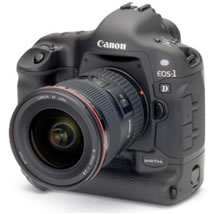
Figure 1. Canon's EOS 1D is a professional SLR digital camera. Its body is made of a magnesium alloy with magnetic shielding of its electronic components. This makes it extremely strong, durable and weather-resistant. It has a 28.7 x 19.1 mm CCD sensor with a 2.0" color monitor. It has a continuous shooting speed of eight frames per second and can sustain this for 21 frame bursts.
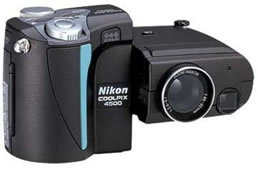
Figure 2. Nikon Coolpix 4500 is an amateur digital camera with a 1/1.8" high density CCD combined with a 4x optical (38-155 mm in 35 mm photography) Zoom-Nikkor lens. It has a swivel-lens design and a 1.5" TFT LCD monitor.
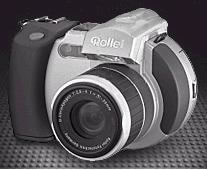
Figure 3. The Rollei d7 metric camera is a professional camera specially made for photogrammetric use. It is made in Germany and can only be acquired from the company on special order. It has a 2/3" CCD Chip with a 2.5" color display, and uses a Rollei D-Apogon 7.3mm f 2.8 HFT lens (equivalent 28mm for 35mm film cameras).
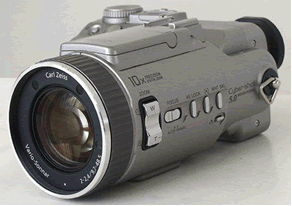
Figure 4. The Sony DSC-F707 is a high-end amateur camera. It features a 5x optical Carl Zeiss lens with a focal length range of 9.7 - 48.5 mm (38 - 190 mm equivalent). It has a 2/3" CCD sensor and a 1.8" LCD display. It has many unique image capturing features like NightFraming, Hologram AF and true TTL flash metering.
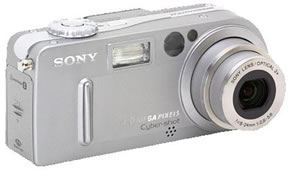
Figure 5. The Sony DSC-P9 is a sleek, lightweight amateur camera. It has a 3x optical zoom lens with a focal range of 8 - 24 mm (39 - 117 mm equivalent). It has a 1/1.8" CCD and a 1.5" LCD display.
Characteristics of the implemented cameras:
| Camera | Price Range, $CDN | Maximum Output Resolution, pixels | Minimal Focal Length, mm | Effective Pixels, megapixels |
| Canon EOS 1D | 7000 | 2464x1648 | 28 | 4.15 |
| Nikon 4500 | 650-800 | 2272x1704 | 7.85 | 3.87 |
| Rollei d 7 metric | 8000 | 2552x1920 | 7.3 | 4.90 |
| Sony DSC-F707 | 900 - 1100 | 2560x1920 | 9.7 | 4.92 |
| Sony DSC-P9 | 650 | 2272x1704 | 8 | 3.90 |
